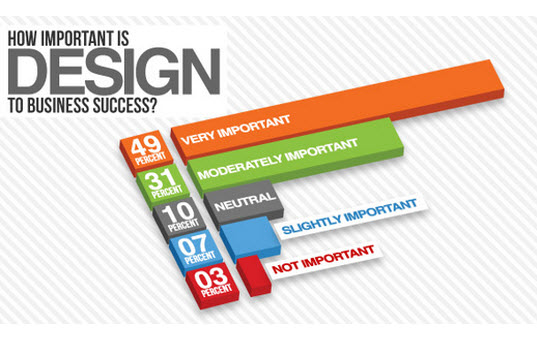The Advancement Of Web Site Design: From Earlier Times To Now
The Advancement Of Web Site Design: From Earlier Times To Now
Blog Article
Post By-Tobiasen Clarke
In the past, sites were simple and concentrated on details. Navigating was direct, and design was for desktops. Currently, user experience is vital. Data overviews styles for easy navigation. Responsive formats suit various gadgets. Today, dark mode lowers pressure, and minimalist food selections enhance navigation. Interactive features engage customers, and strong visuals stick out. AI combination enhances engagement. See how https://readwrite.com/seo-strategies-to-increase-search-engines-rankings/ has actually developed to boost your on-line journey.
Very Early Days of Web Design
In the very early days of web design, simplicity reigned supreme. Internet sites were standard, with minimal colors, typefaces, and layouts. The emphasis got on supplying details rather than fancy visuals. Customers accessed the net via slow dial-up connections, so rate and functionality were essential.
Navigating food selections were straightforward, commonly situated on top or side of the web page. Websites were created for home computer, as mobile surfing wasn't yet common. Web content was king, and designers prioritized very easy readability over complicated layout elements.
https://www.socialmediatoday.com/news/local-seo-strategies-for-multi-location-companies-infographic/604568/ was the primary coding language utilized, and designers needed to work within its restrictions. Animations and interactive features were minimal contrasted to today's criteria. Internet sites were static, with little dynamic content or tailored individual experiences.
Surge of User-Focused Style
With the development of internet site layout, a shift towards user-focused design concepts has come to be significantly famous. Today, producing web sites that prioritize user experience is important for involving site visitors and attaining organization goals. User-focused layout entails recognizing the requirements, choices, and actions of your target audience to tailor the internet site's layout, web content, and features accordingly.
Developers currently conduct extensive research study, such as individual studies and functionality screening, to gather insights and responses directly from customers. This data-driven technique helps in creating instinctive navigating, clear calls-to-action, and aesthetically appealing interfaces that resonate with site visitors. By placing the user at the center of the style procedure, internet sites can deliver a more individualized and pleasurable experience.
Responsive design has actually likewise become an essential aspect of user-focused layout, making sure that internet sites are maximized for various gadgets and display sizes. This adaptability improves access and usability, accommodating the diverse means individuals communicate with sites today. In essence, the rise of user-focused style symbolizes a change in the direction of developing electronic experiences that focus on the needs and expectations of the end customer.
Modern Trends in Web Design
Discover the latest trends shaping website design today. One famous trend is dark setting style, using a streamlined and modern-day look while lowering eye pressure in low-light settings. One more key pattern is minimalist navigating, streamlining menus and improving user experience by focusing on essential elements. Including micro-interactions, such as computer animated buttons or scrolling results, can develop a more engaging and interactive web site. Receptive design stays crucial, ensuring smooth individual experiences throughout numerous devices. Furthermore, making use of bold typography and unbalanced layouts can include aesthetic passion and draw attention to specific web content.
Incorporating AI modern technology, like chatbots for customer support or individualized recommendations, enhances user involvement and improves processes. Ease of access has also come to be a significant pattern, with designers focusing on inclusive layout techniques to deal with varied individual requirements. Embracing sustainability by enhancing site efficiency for speed and performance is another emerging trend in web design. Working together with user comments and information analytics to iterate and enhance design continuously is crucial for remaining pertinent in the ever-evolving digital landscape. By accepting these modern-day patterns, you can create a visually enticing, straightforward internet site that resonates with your audience.
Final thought
As you reflect on the advancement of web site design from the early days to now, you can see exactly how user-focused design has become the driving pressure behind modern trends.
Accept the trip of change and adaptation in web design, always maintaining the customer experience at the center.
Keep current with the latest fads and modern technologies, and never stop progressing your approach to produce visually sensational and easy to use web sites.
Evolve, adjust, and produce - the future of web design is in your hands.
